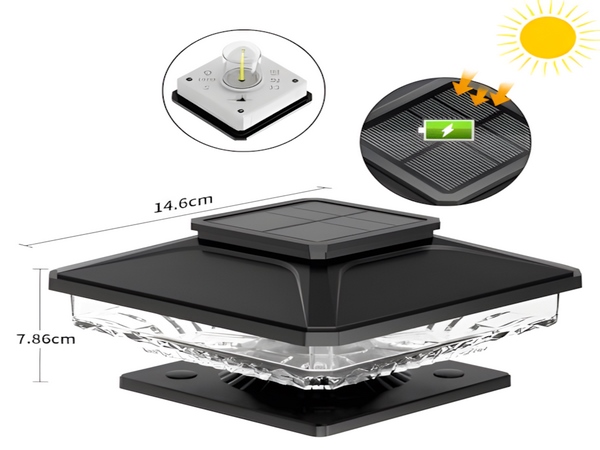
With the development of the socio-economic landscape, the depletion of Earth’s resources has become increasingly concerning, drawing societal attention to energy and environmental issues. The development and utilization of renewable energy have gained significance, with solar energy being a noteworthy option. Compared to traditional power generation methods, solar energy is safe, environmentally friendly, easy to maintain, and inexhaustible. It has been widely applied in lighting. So, what factors affect the lighting effect of solar street lights? Here’s a share from Century Sunshine Lighting’s editor:

It is essential to check whether the lighting meets the needs of visual tasks, has sufficient visual comfort, and creates the necessary lighting atmosphere. Various lighting elements can produce a range of visual effects. The quality of lighting design is primarily judged by lighting quality. When designing lighting, several quality indicators should be carefully considered and appropriately handled: illumination, brightness, uniformity, glare, color of light, and shadows.
For solar street lights with 7-meter poles, the installation spacing is checked: scenic areas and parks generally prefer street lights with a height of around 7 meters, especially on new rural construction roads about 7 meters wide. At night, pedestrian and vehicular traffic on rural roads are low, so a single-side staggered installation method is usually employed, ensuring installation spacing is about 20-25 meters; spacing below 20 meters may diminish some lighting effects.
For solar street lights with 8-meter poles, if you wish to install lights with a height of 8 meters, ensure the distance between lights is 25-30 meters. A two-sided cross installation method should be used; this is more suitable for road lighting where the width requirement is 10-15 meters.

For solar street lights with 12-meter poles, for roads with 12-meter poles, the recommended longitudinal distance is generally 30-50 meters. A two-sided symmetrical installation method should be adopted, with the road lighting width exceeding 15 meters. If the only requirement is to achieve the intended illumination level without strict demands, a 60-watt separate solar street light is an excellent choice. If opting for a 30-watt integrated solar street light, a distance of 30 meters will suffice.
This concludes the sharing of factors influencing the lighting effect of solar street lights. Solar street lights have advantages such as good stability, long lifespan, high luminous efficiency, convenient installation and maintenance, high safety performance, energy-saving, environmental friendliness, and economic practicality. They can be widely used in urban main and secondary roads, residential areas, factories, tourist attractions, and parking lots.



